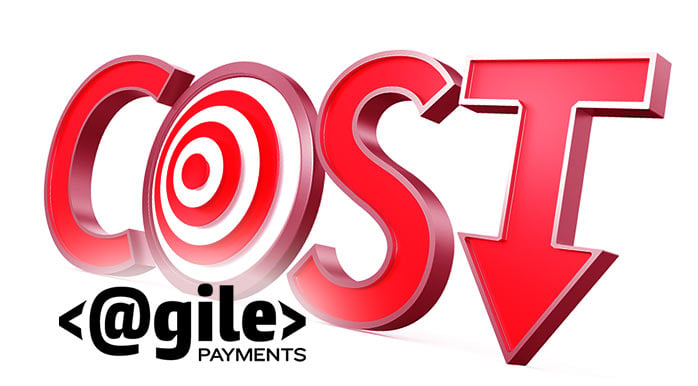Lower processing fees
It’s as clear as day that any business that has a subscription based model or where recurring payments are integral to the business model, they can save a tremendous sum of processing dollars by funneling as much of their processed payment from credit card transactions over to the ACH payment rail.
It’s the business model itself that can make these savings a reality. Businesses that have customers of a recurring payments nature generally know who their customers are pretty well, and more importantly, the customers rely on the goods or services provided by the business. These businesses are not taking a one-time order over the web and shipping a widget, leaving themselves at risk of a loss due to delivery and a subsequent fraudulent chargeback. Many of these business types can simply “flip the switch” and discontinue services if a payment fails, leaving them without any real product or service expense loss.
generally know who their customers are pretty well, and more importantly, the customers rely on the goods or services provided by the business. These businesses are not taking a one-time order over the web and shipping a widget, leaving themselves at risk of a loss due to delivery and a subsequent fraudulent chargeback. Many of these business types can simply “flip the switch” and discontinue services if a payment fails, leaving them without any real product or service expense loss.
So how much can be saved? The actual dollar amount depends on a few factors. Obviously, the dollar amount the business is currently processing via credit cards. The more important factor is a quite a bit harder to nail down, and that variable is how effective will the business be at implementing, promoting and/or incentivizing the ACH integration option?
We know through surveys of existing client base who utilize an integrated partner’s SaaS application that the effectiveness of implementation varies hugely. In one particular software application who serves a specific client base, the business customers using the application vary from 5% to 100% of the transactions being processed via ACH. Keep in mind that all of the businesses that use this same software application all have the very same customer type. So why the wide variance in the percentage of transactions processed via ACH? How it’s implemented!
From our survey efforts we followed up with customers to “pick their brains” on a number of areas, but most importantly was to find out what their implementation efforts consisted of. The single most important finding was that the main factor relevant to implementation was the mindset of ownership or senior management. These senior company officials were engaged in what amounts to either mind-reading, or they were assuming that their personal preferences were the same as that of their customers.
On the flip side of the equation, the companies that reported 100% ACH adoption made a business decision to only offer their services via the customers being setup on ACH autopay. Would all businesses in the vertical sector be able to do the same? Probably not; especially the smaller companies who don’t enjoy the market share and footprint that these larger operations enjoy. That said, it was clear that the businesses that had higher adoption rates for ACH didn’t participate in mind reading and they implemented a plan towards increasing the percentage of ACH processed transactions.
The plans that were implemented varied. Some were electronically notified, some personally. Some provided incentives to their customers for doing so. We at Agile Payments designed and provided marketing materials to assist, and in some cases we provided the entire plan for implementation.
So what about the dollar numbers? Let’s use an relatively small sized client in this vertical sector as an example. The total dollar amount processed on a monthly basis would be around $120,000.00. If those transactions were processed 100% via credit card, the processing fees would amount to around $3,250, or $39,000 annually. If those transactions were converted to ACH, the processing fees would be less than $500 monthly, and an annual savings of around $33,000. Can you say money in your pocket?
If you think your application might benefit from an ACH integration, contact us!
//




